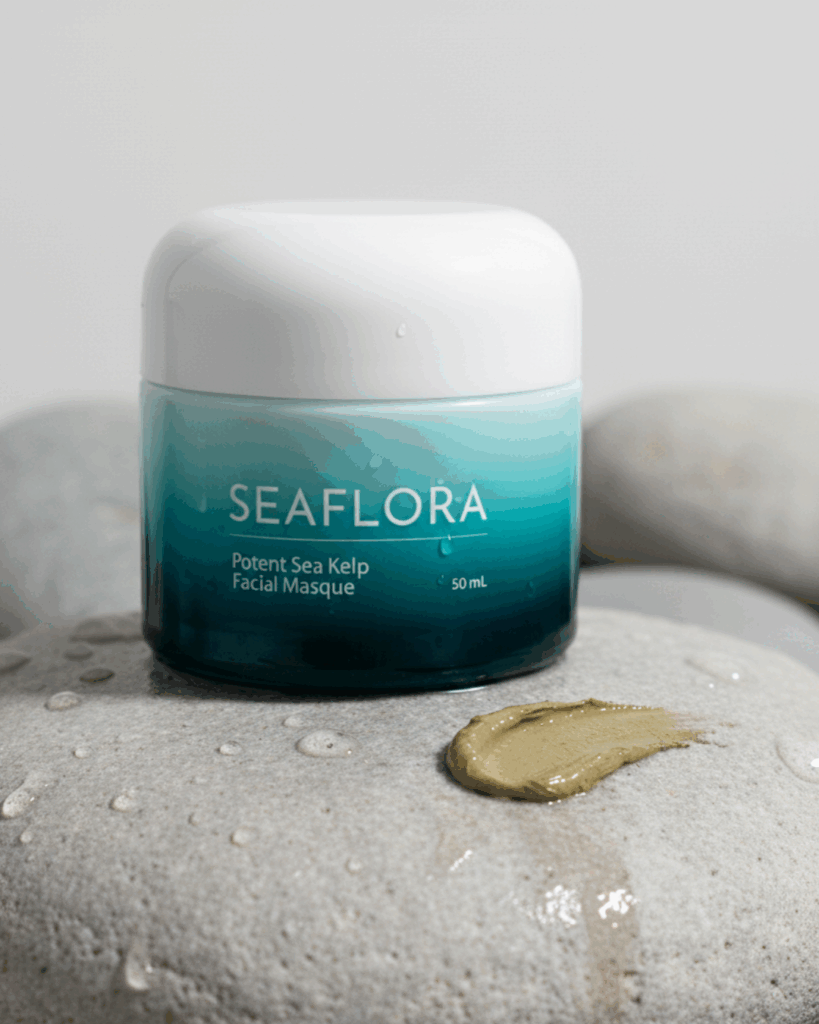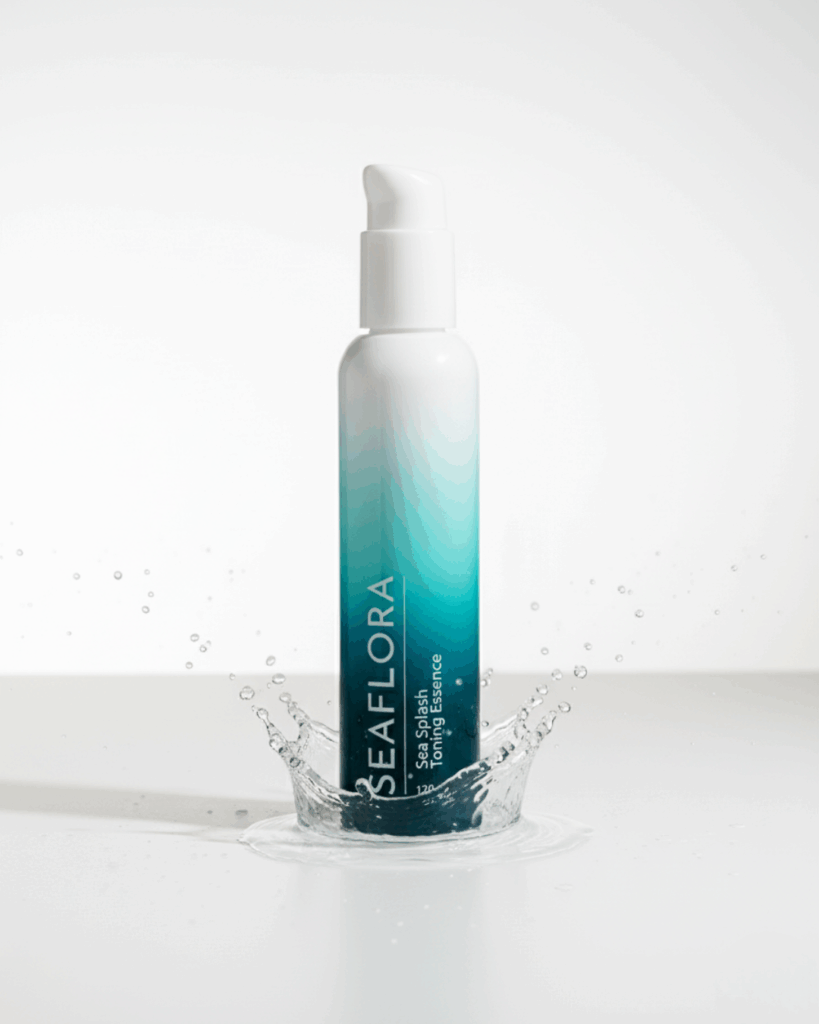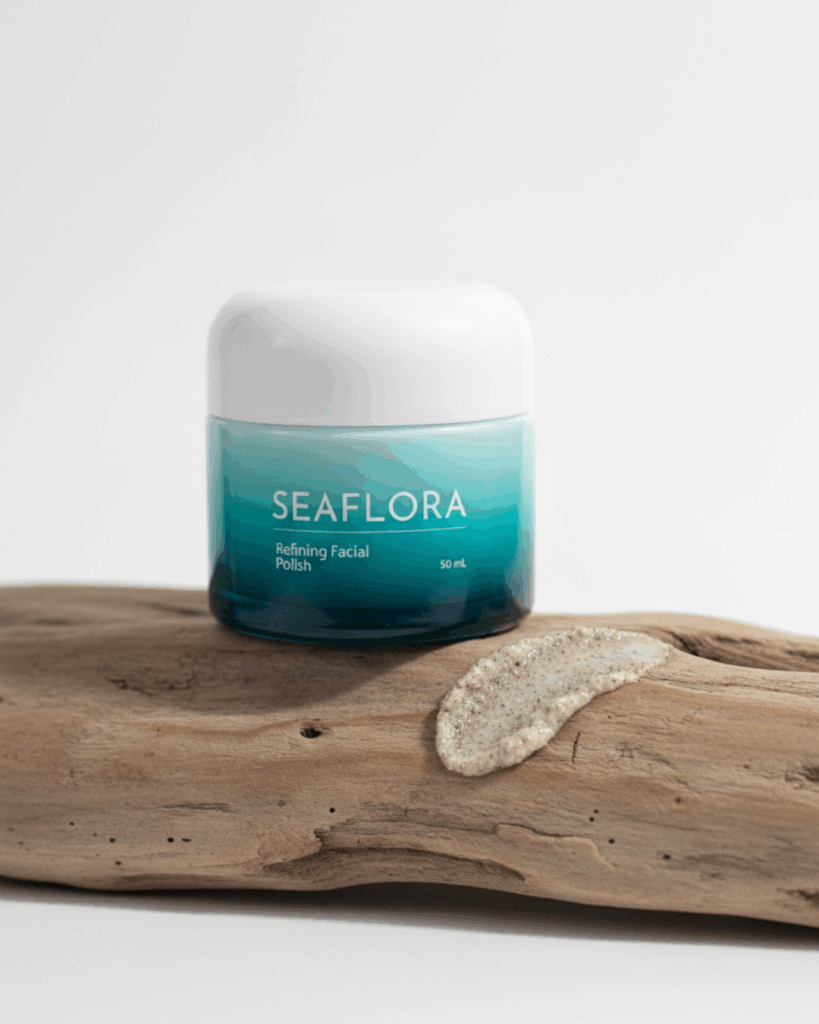YUKA Audit: Why ‘Food-Grade’ is the Ultimate Green Flag

Ever find yourself staring at the back of a skincare bottle, completely baffled by the ingredient list? Yeah, me too. It feels like a secret code, right? That’s where the YUKA app comes in. It’s like having a translator for your cosmetics, helping you figure out what’s actually in the stuff you put on your face and body. And honestly, I’ve been using it a lot lately to check my own products.
Key Takeaways
- The YUKA app scans product barcodes to analyze ingredient lists and assign a score.
- It breaks down ingredients by risk level, from low to high, making complex information easier to understand.
- ‘Food-grade’ ingredients are a strong indicator of safer, more natural skincare products.
- Using YUKA can help you audit your current skincare routine and identify products to replace.
- Understanding ingredient transparency is key to making informed choices for your skin and health.
Introduction
Okay, let’s talk about the Yuka app. You’ve probably seen people frantically scanning barcodes in the grocery store or even at the makeup counter. It’s become this whole thing, right? This little app has turned us all into ingredient detectives, and honestly, it’s kind of addictive.
We’re all just trying to figure out what’s actually in the stuff we put on our bodies and in our mouths. It feels like every other week there’s a new headline about some ingredient being bad for us, or a product being recalled. It’s enough to make your head spin. So, when an app comes along that promises to simplify all that confusion, people jump on it. Yuka gives us a quick score, a little green or red light, and suddenly we feel like we’re making better choices. It’s like a cheat sheet for healthy living, and who doesn’t want that?
How Yuka Calculates a ‘Good’ vs. ‘Bad’ Score for Cosmetics
So, you’ve got the Yuka app open, ready to scan your favorite moisturizer, and you’re wondering, “How does this thing actually decide if it’s good or bad?” It’s not just some random number generator, thankfully. Yuka looks at the ingredients list and breaks it down based on known risks.
Here’s the general idea:
- Ingredient Analysis: Yuka checks each ingredient against scientific studies and regulatory information. It’s looking for potential health concerns, like if an ingredient is thought to be an allergen, a hormone disruptor, or even a carcinogen. They use a pretty extensive database for this.
- Risk Levels: Ingredients are then assigned a risk level – from low to high. Things like natural oils or simple moisturizers usually get a low-risk rating. On the flip side, certain preservatives, UV filters, or synthetic fragrances might get flagged for higher risks.
- The Score Calculation: The app then calculates an overall score out of 100. The fewer high-risk ingredients, and the lower their concentration, the better your product’s score will be. It also takes into account ingredients that have been flagged by certain organizations or studies, even if they aren’t outright banned everywhere.
- Color Coding: This score is then translated into a simple color code: green for good, yellow for caution, orange for bad, and red for very bad. This makes it super easy to get a quick idea of what you’re putting on your skin.
It’s important to remember that Yuka isn’t a doctor or a dermatologist. It’s a tool to help you make more informed choices based on the ingredients listed. Sometimes, a product might get a lower score because of an ingredient that’s perfectly fine for most people but might be a concern for a small percentage, or because it uses a preservative that’s effective but has some debate around it. The app aims for a balanced approach, giving you a starting point for understanding your skincare products.
The app’s scoring system is designed to be straightforward. It prioritizes ingredients with well-documented potential health issues, aiming to guide consumers toward products with simpler, less concerning formulations. It’s a helpful way to start questioning what’s really in your beauty stash.
The Green Standard: Why ‘Food-Grade’ is the Ultimate Skincare Proof Point
You know how sometimes you see a product labeled ‘food-grade’ and it just feels… trustworthy? Like, if it’s good enough to eat (or at least, safe enough to be near food), it’s probably pretty darn clean. Well, the same logic can apply to your skincare. When a brand aims for ingredients that are food-grade, it’s a really good sign they’re serious about what they’re putting on your skin.
Think about it. The standards for food are usually pretty strict, right? We expect our food to be free from nasty chemicals, heavy metals, and other junk that could make us sick. While skincare isn’t ingested in the same way, our skin is still our body’s largest organ, and it absorbs a lot of what we put on it. So, why wouldn’t we want the same level of care and quality for our skin as we do for our food?
Here’s why ‘food-grade’ ingredients are such a big deal in skincare:
- Purity: Food-grade ingredients typically mean they’ve been processed and handled with a high level of cleanliness. This often translates to fewer contaminants and a purer final product.
- Safety: The focus is on ingredients that are safe for consumption, which naturally means they’re likely to be gentle and non-irritating for topical use.
- Minimal Processing: Often, food-grade ingredients haven’t been subjected to harsh chemical treatments or synthetic additives that you might find in ingredients not held to the same standard.
- Transparency: Brands that use food-grade ingredients are usually more open about their sourcing and manufacturing processes because they have nothing to hide.
It’s not just about avoiding the bad stuff, either. It’s about actively choosing ingredients that are beneficial and safe. When a brand goes the extra mile to source and use food-grade components, it shows a commitment to quality that goes beyond just meeting basic cosmetic regulations. It’s a proactive choice for a cleaner, healthier product.
The push for ‘food-grade’ in skincare isn’t just a trend; it’s a reflection of a consumer desire for products that are as safe and natural as the food we eat. It’s about trusting that what you apply to your skin is beneficial, not potentially harmful.
So, next time you’re scanning your products with Yuka, keep an eye out for brands that highlight their use of food-grade ingredients. It’s a strong indicator that they’re prioritizing your well-being and offering a truly clean beauty experience.
Your Skincare Audit: A Step-by-Step Guide for Yuka Users
Alright, so you’ve got the Yuka app ready to go, and your bathroom cabinet is looking a little… questionable. Time to tackle that skincare stash head-on. It’s not as scary as it sounds, honestly. Think of it like cleaning out your closet, but for your face and body.
First things first, grab your phone and open up Yuka. Make sure you’ve got a decent Wi-Fi connection or enough data, because you’ll be scanning a bunch of stuff. Start with the products you use most often – maybe that daily moisturizer or your go-to cleanser. Just find the barcode on the packaging and hold your phone up to it. The app will do its thing and spit out a score, usually out of 100, along with a color code: green for good, yellow for okay, and red for not-so-great.
Here’s a quick rundown of what those scores mean:
- Green (75-100): Generally good. These products have ingredients that are considered low risk. You can probably keep using these without much worry.
- Yellow (50-75): Moderate. There might be a few ingredients in here that are a bit iffy, but nothing too alarming. It’s worth checking out why it got a yellow score.
- Red (0-50): Bad news. These products likely contain ingredients that are flagged as potentially harmful or irritating. This is where you really want to pay attention and consider swapping them out.
Don’t just blindly trust the score, though. Always take a peek at the ‘Ingredients’ section within the app. Yuka breaks down each ingredient, telling you its potential risks. This is super helpful for understanding why a product scored the way it did. You might see things like “potential irritant” or “endocrine disruptor” – knowing this helps you make better choices next time you’re shopping.
It’s easy to get overwhelmed by all the red scores, but remember, Yuka is a tool to guide you, not to shame you. The goal is progress, not perfection. Start with the worst offenders and work your way through your collection. You’ll be surprised how quickly you can upgrade your routine.
So, what’s the game plan?
- Scan Your Staples: Start with your daily essentials. Cleanser, moisturizer, serum, sunscreen – the works.
- Tackle the Problematic: Move on to products you’ve been curious about or that haven’t given you issues in the past.
- Review the Details: For any product that scores yellow or red, click into the ingredient list. See what’s up.
- Make a Swap List: As you find products you want to replace, jot them down. This makes your next shopping trip way more focused.
- Don’t Forget Makeup: Yes, even your foundation and mascara can be scanned! Many makeup items have ingredients that aren’t great for your skin.
It might take a weekend afternoon, but seeing your skincare shelf transform into a collection of trusted, well-scored products is incredibly satisfying. Plus, you’ll feel way more confident about what you’re putting on your skin every single day.
The Seaflora Difference: Clean Ingredients You Can Trust (And Scan)
So, you’ve been scanning your skincare with Yuka, and maybe you’re feeling a little overwhelmed by all the scores. It’s totally understandable! But when it comes to finding products that are genuinely good for you and the planet, brands like Seaflora really stand out. They’re built on a foundation of real, natural ingredients, the kind you can actually pronounce and feel good about putting on your skin.
What makes Seaflora different? For starters, they focus on hand-harvested, organic seaweeds as their main ingredient. Think about it – these are ingredients that have thrived in the ocean, packed with nutrients and resilience. They don’t mess around with synthetic fragrances, harsh chemicals, or those questionable preservatives that Yuka often flags. It’s about harnessing the power of nature in its purest form.
Here’s a peek at what you can expect from Seaflora’s ingredient philosophy:
- Hand-Harvested Seaweeds: Rich in vitamins, minerals, and antioxidants, these are the stars of the show.
- Marine Minerals: Carefully collected Ocean Mud that complement the seaweeds and boost the formulas.
- Minimal Processing: They keep things simple to preserve the natural goodness of each ingredient.
- No Nasties: You won’t find parabens, sulfates, phthalates, or artificial colors and scents here.
When you scan a Seaflora product, you’re likely to see scores that reflect this commitment. It’s not just about hitting a certain number; it’s about the why behind that score. It’s the peace of mind knowing that the product you’re using is as clean and effective as nature intended.
Choosing skincare shouldn’t feel like a science experiment. It should feel like a treat for your skin, using ingredients that nourish and support its natural functions. Seaflora aims to make that a reality, offering products that are both effective and genuinely kind to your body.
Conclusion
So, after all that scanning and stressing, what’s the big takeaway? Using Yuka is a pretty neat way to get a handle on what’s actually in your skincare. It’s not about freaking out over every single ingredient, but more about making informed choices. You know, the kind where you actually understand why something is rated the way it is.
Think of it like this:
- Know your ingredients: Yuka helps you see the good, the bad, and the meh.
- ‘Food-grade’ is a good sign: If an ingredient is safe enough to eat, it’s probably pretty safe for your face.
- Don’t obsess, just be aware: The app is a tool, not a judge and jury for your entire bathroom cabinet.
Ultimately, the goal is to find products that work for you without introducing a bunch of stuff you’d rather avoid. It’s about building a routine you feel good about, inside and out. And hey, if you find a brand that consistently scores well and uses ingredients you recognize, that’s a win in my book. Keep scanning, keep learning, and happy (and healthier) skincare!
Frequently Asked Questions
What exactly is the YUKA app and how does it work?
YUKA is a super handy app that helps you check the ingredients in your skincare and food products. You just scan the barcode, and it tells you if the ingredients are good or bad for you. It’s like having a personal ingredient detective right in your pocket!
Why is ‘food-grade’ considered the best sign for skincare?
Think about it: if an ingredient is safe enough to eat, it’s probably pretty safe for your skin too! ‘Food-grade’ means it’s pure and doesn’t have harmful stuff in it. It’s a really good sign that a product is made with your health in mind.
How does YUKA give products a score?
YUKA looks at each ingredient in a product and checks how risky it might be for your health. It uses scientific information to rate them. Ingredients that are known to be safe get good scores, while ones that might cause problems get lower scores. The app then adds up these scores to give the whole product a rating.
Can I use YUKA for all my beauty products?
Yes, you can! YUKA is great for checking skincare items like lotions, serums, and cleansers. It can also help you look at makeup and even some hair products. It’s designed to help you make smarter choices about what you put on your body.
What should I do if a product I like gets a bad score on YUKA?
Don’t panic! YUKA is there to guide you. If a product you love gets a low score, it might be time to look for alternatives. The app often suggests better options or you can look for brands that focus on clean, simple ingredients, like Seaflora.
Is it hard to use the YUKA app?
Not at all! YUKA is made to be super easy to use. All you need to do is open the app, scan the product’s barcode with your phone’s camera, and it shows you the score and explains the ingredients. It’s pretty straightforward, even if you’re not a tech whiz.
Resources
https://pmc.ncbi.nlm.nih.gov/articles/PMC11381309
https://pmc.ncbi.nlm.nih.gov/articles/PMC2726844
https://pubmed.ncbi.nlm.nih.gov/15627090





